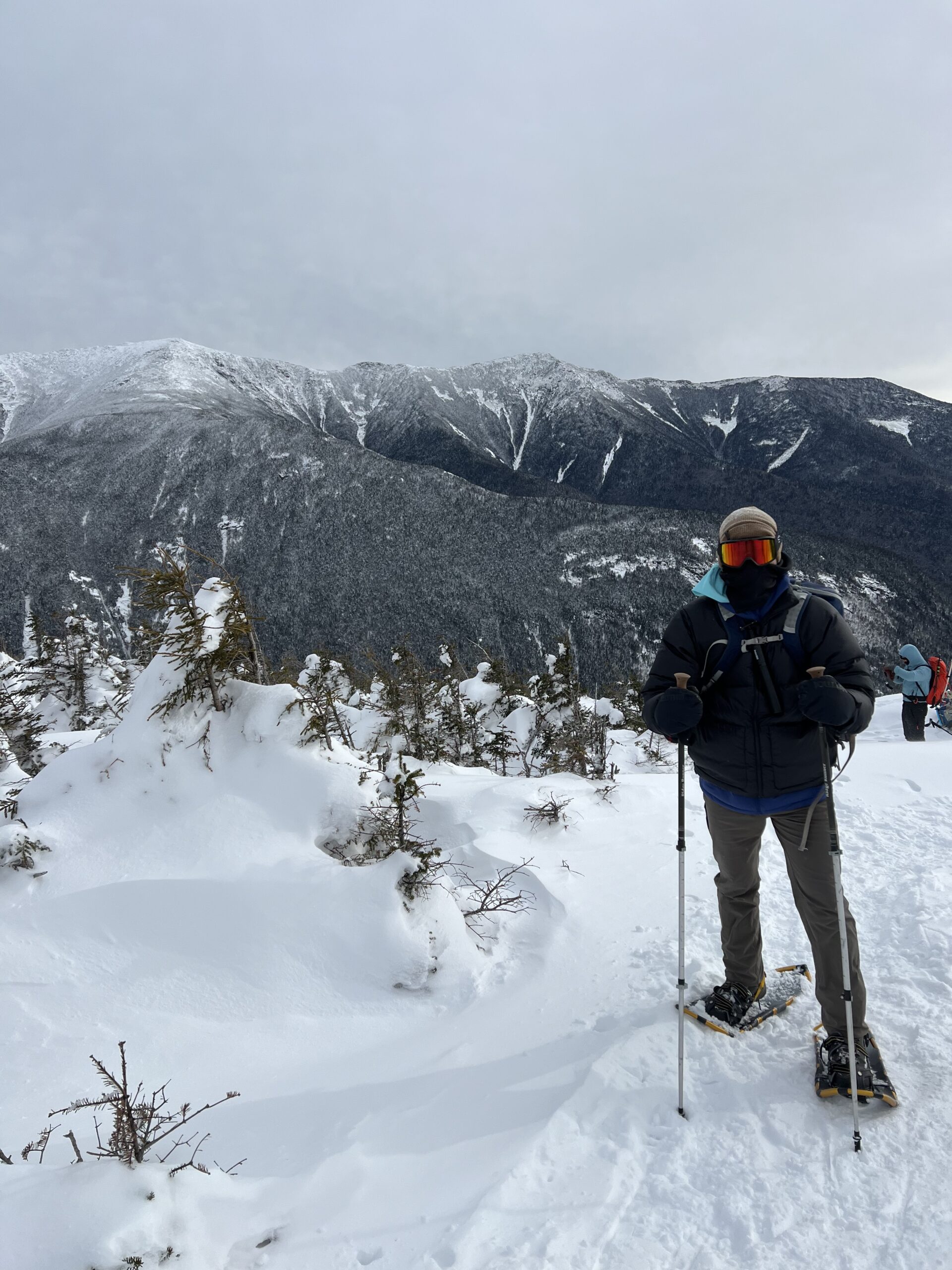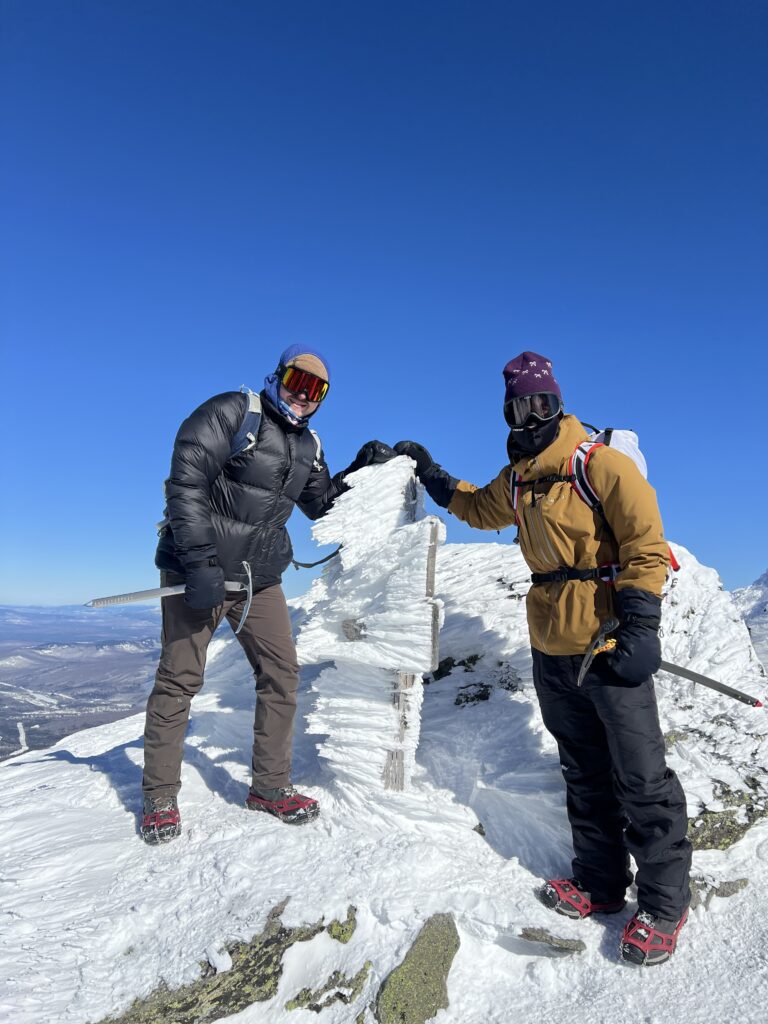So You Want to Hike Whether it is Cold or Warm
Hiking in cold weather can be an exhilarating experience, offering breathtaking scenery and a unique sense of accomplishment. However, staying warm and comfortable is crucial for a safe and enjoyable trek. Choosing the right hiking fabrics for colder weather can make all the difference!
Making the right choices in your attire is key in preventing chills, sweat build-up, and potential hypothermia. This blog post will break down the best hiking fabrics for cold-weather hiking, ensuring you’re prepared for your next winter (or cold day) adventure.

The Layering System: Your Line of Defense in the Cold
Before diving into specific fabrics, it’s essential to understand the layering system:
- Base Layer (Next-to-Skin): Manages moisture and keeps you dry.
- Insulating Layer: Retains body heat and provides warmth.
- Outer Layer (Shell): Protects against wind, rain, and snow.
Each layer plays a vital role, and the fabric choices for each are critical for optimal performance.
The Base Layer: Moisture-Wicking is IMPORTANT
The base layer’s primary function is to wick sweat away from your skin, preventing chills. Avoid cotton at all costs, as it absorbs moisture and holds it against your skin.
- Merino Wool:
- Naturally moisture-wicking, odor-resistant, and warm even when damp.
- Excellent temperature regulation, making it versatile for varying conditions.
- A premium choice for comfort and performance.
- Synthetic Fabrics (Polyester, Polypropylene):
- Highly effective at wicking moisture and quick-drying.
- Durable and often more affordable than merino wool.
- Good for high-intensity activities where sweat management is critical.
The Insulating Hiking Fabrics
The insulating layer’s job is to trap warm air and keep you cozy.
- Fleece (Polartec, etc.):
- Provides excellent warmth and breathability.
- Lightweight and quick-drying.
- Available in various thicknesses for different temperature ranges.
- Down (Natural Insulation):
- Offers exceptional warmth-to-weight ratio.
- Highly compressible for easy packing.
- Best for dry, cold conditions. Down loses its insulating properties when wet.
- Synthetic Insulation (Primaloft, Thinsulate):
- Provides warmth even when wet, making it a reliable choice in damp conditions.
- Durable and relatively affordable.
- A good alternative to down for wet climates.
The Outer Layer (Shell): Hiking Fabric for Your Weather Shield
The outer layer hiking fabric is what will shield you from the elements, such as wind, rain, and snow.
- Waterproof/Breathable Fabrics (Gore-Tex, eVent):
- Provide excellent protection against rain and snow while allowing moisture vapor to escape.
- Essential for staying dry and comfortable in harsh conditions.
- Look for features like sealed seams and durable water repellent (DWR) treatments.
- Softshell Fabrics:
- Offer a balance of wind resistance, water resistance, and breathability.
- Ideal for moderate conditions where full waterproof protection isn’t necessary.
- More flexible and comfortable than hardshell jackets.
Do Not Forget the Extremities – Hands, Feet, Head
- Socks
- Merino wool or synthetic socks are crucial for keeping your feet warm and dry. The last thing you want on a hike is to have wet and/or cold feet.
- Gloves/Mittens
- Choose waterproof or water-resistant gloves or mittens with an insulating layer. I use thin gloves for additional warmth inside of my mittens on those really cold days.
- Hat/Beanie
- A warm hat or beanie is essential for preventing heat loss through your head. Just be careful your hair does not sweat too much. I have head some of my hair freeze! Bring a couple beanies if you have the space.
- Neck Gaiter/Balaclava
- This will protect your face and neck from the wind and cold. A frozen nose does not feel great.
Choosing the Right Fabrics for Your Hike
Consider the following factors when selecting your hiking fabrics:
- Weather Conditions:
- Consider the temperature at the base of the hike and the elevation you will end up.
- Check the radar for chance of precipitation as well as wind speeds at the higher elevations.
- Know whether your hike will have sections where it is exposed with no tree line cover.
- Activity Level:
- High Intensity activities require more breathable fabrics. Moisture-wicking is a lifesaver.
- Duration of Hike:
- Longer hikers may require more durable and weather-resistant gear. Carrying additional hiking fabrics for colder weather as you go up and down in elevations will prove beneficial.
Stay safe and thanks for reading!

